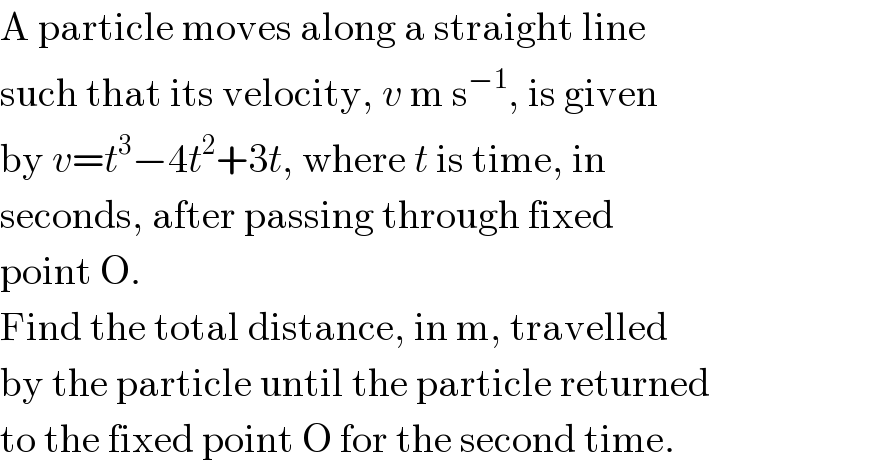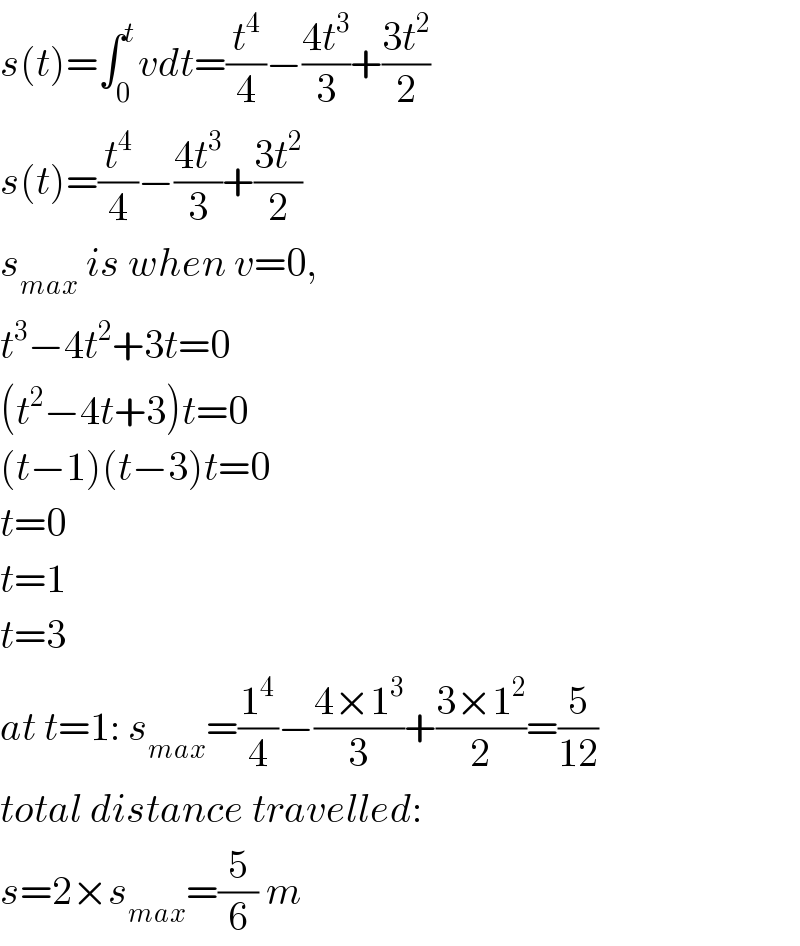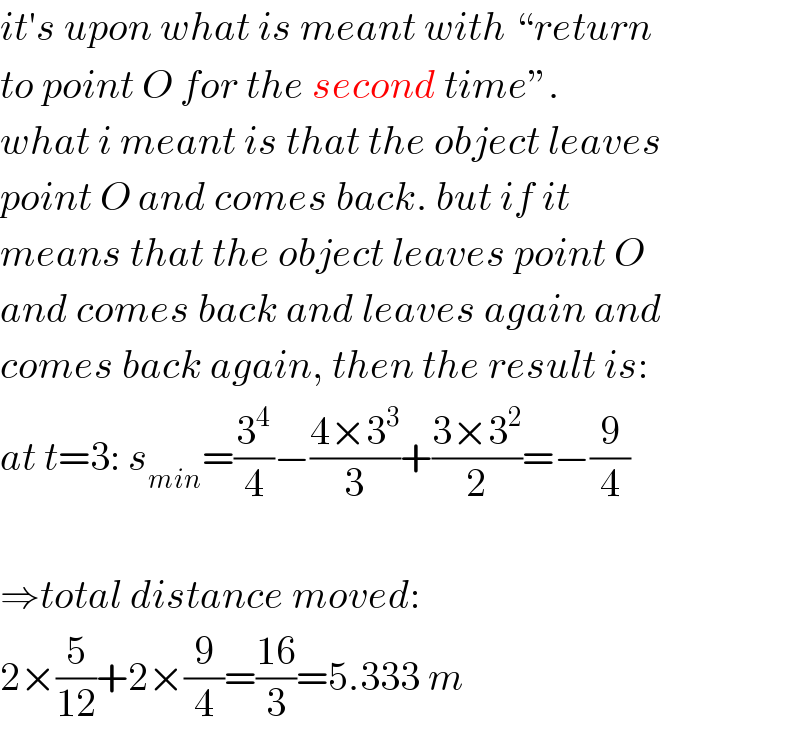Question Number 114145 by ZiYangLee last updated on 17/Sep/20

Answered by mr W last updated on 17/Sep/20

Commented by ZiYangLee last updated on 17/Sep/20

Commented by mr W last updated on 17/Sep/20

Commented by mr W last updated on 17/Sep/20

